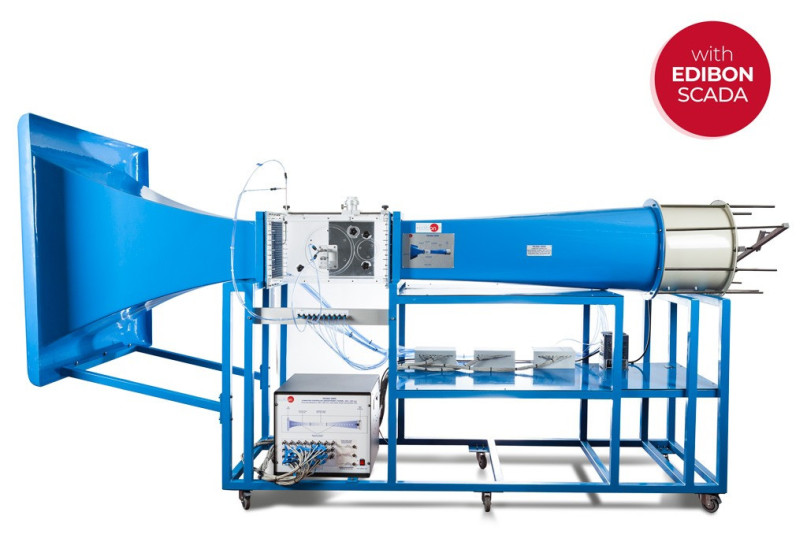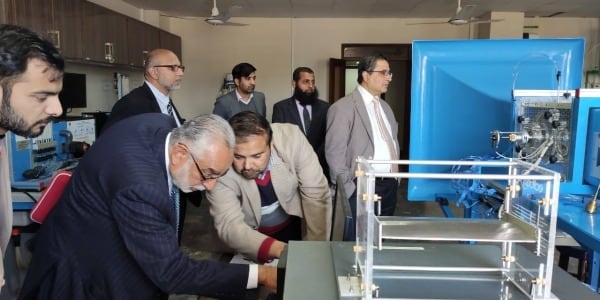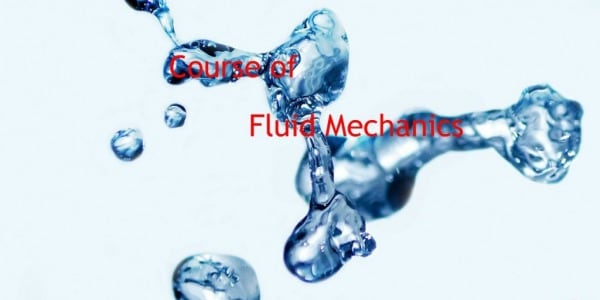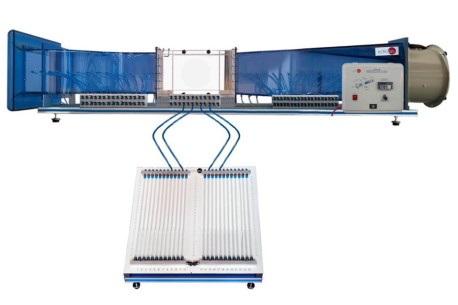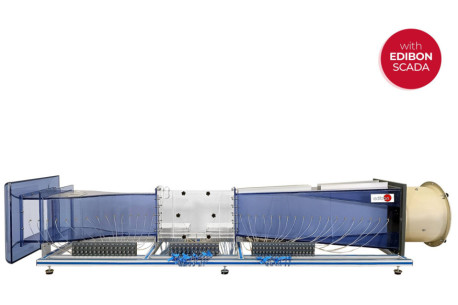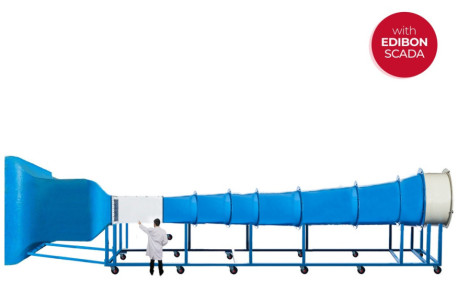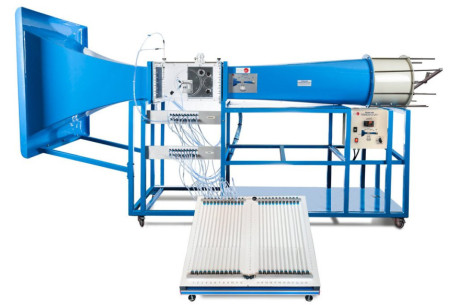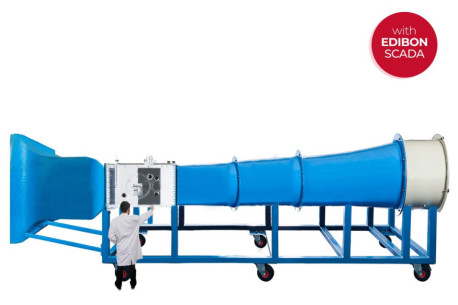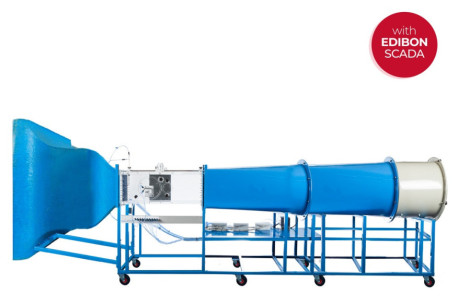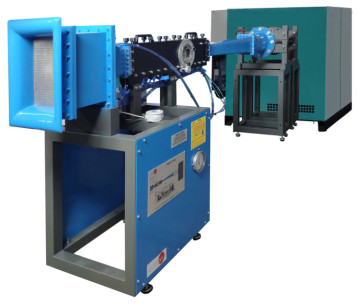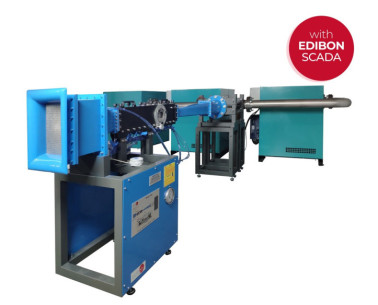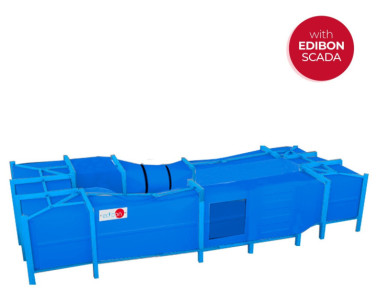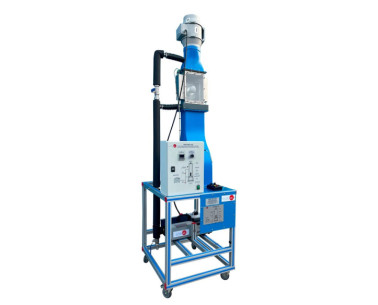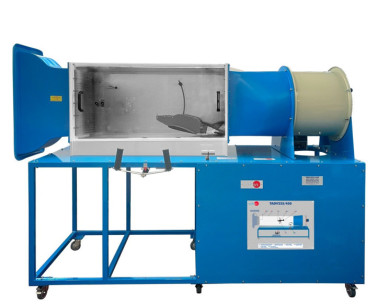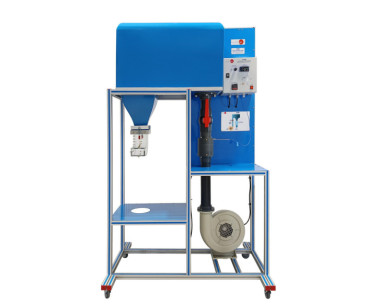Aerodynamics is a branch of fluid mechanics that studies the behavior of gases in motion and the forces they exert on bodies. Although it is commonly...
At EDIBON, we are committed to strengthening skills as a strategic pillar for the competitiveness and social well-being of the European Union. Proper training not only boosts the economy but also enables individuals to fully participate in society and democracy.
The National University of Technology - Pakistan (NUTECH), specifically the Mechanical Engineering Technology Department, installed some of our units so that their students can receive a quality practical education. Specifically, they have acquired our COMPUTER CONTROLLED AERODYNAMIC TUNNEL, 300...
Are you a teacher or do you work as an engineering researcher? EDIBON offers courses for teachers and #research staff. Take a look at the course of Fluid Mechanics and learn about #fluids properties. #DiscoverEdibon #Engineering.
 Cookies首选项
Cookies首选项

